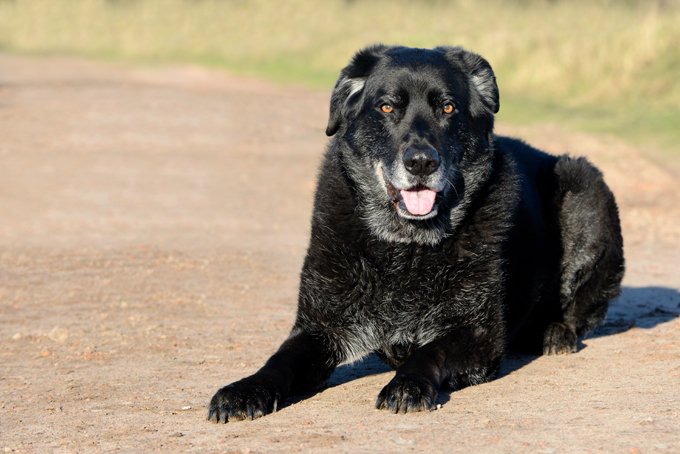This article is brought to you courtesy of the National Canine Cancer Foundation.
See more articles on canine cancer.
Donate to the Champ Fund and help cure canine cancer.
Description
Rhabdomyosarcomas are soft tissue sarcomas which originate frequently in the striated muscles (form of fibers that are combined into parallel fibers) of the body like the cardiac and…




